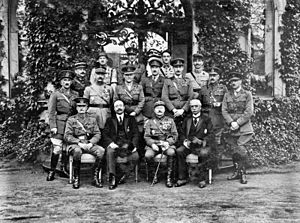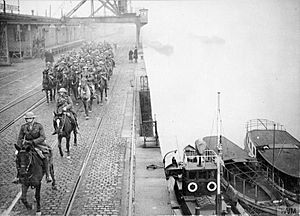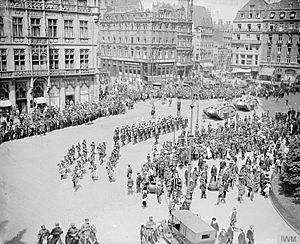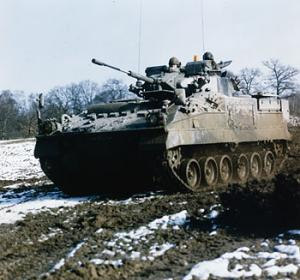British Army of the Rhine facts for kids
Quick facts for kids British Army of the Rhine |
|
|---|---|
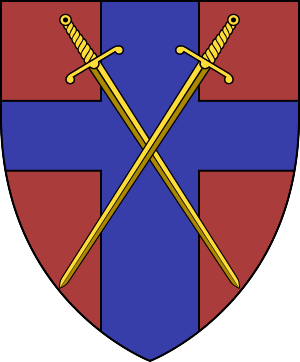 |
|
| Active | 1919–1929 1945–1994 |
| Country | |
| Branch | |
| Part of | British Army |
| Garrison/HQ | JHQ Rheindahlen, Germany |
There have been two formations named British Army of the Rhine (BAOR). Both were originally occupation forces in Germany, one after the First World War and the other after the Second World War. Both formations had areas of responsibility located around the German section of the River Rhine.
Contents
History
1919–1929
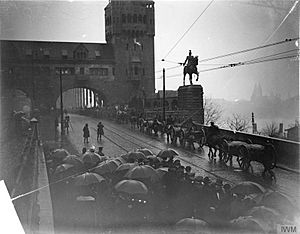
The first British Army of the Rhine was set up in March 1919 to implement the occupation of the Rhineland. It was originally composed of five corps, composed of two divisions each, plus a cavalry division:
II Corps: Commanded by Sir Claud Jacob
-
- Light Division (formed from 2nd Division): Commanded by Major-General George Jeffreys
- Southern Division (formed from 29th Division): Commanded by Major-General William Heneker
IV Corps: Commanded by Sir Alexander Godley
-
- Lowland Division (formed from 9th (Scottish) Division)
- Highland Division (formed from 62nd (2nd West Riding) Division)
VI Corps: Commanded by Sir Aylmer Haldane
-
- Northern Division (formed from 3rd Division)
- London Division (formed from 41st Division)
IX Corps: Commanded by Sir Walter Braithwaite and later by Ivor Maxse
-
- Western Division (formed from 1st Division)
- Midland Division (formed from 6th Division)
X Corps: Commanded by Sir Thomas Morland
-
- Lancashire Division (formed from 32nd Division)
- Eastern Division (formed from 34th Division)
Cavalry Division (formed from 1st Cavalry Division)
Most of these units were progressively dissolved, so that by February 1920 there were only regular battalions:
-
- 1st Battalion Royal Irish Regiment
- 4th Battalion Worcestershire Regiment
- 2nd Battalion Black Watch (Royal Highlanders)
- 1st Battalion Middlesex Regiment
- 3rd Battalion Middlesex Regiment
- 1st Battalion Durham Light Infantry
In August 1920 Winston Churchill, as Secretary of State for War, told Parliament that the BAOR was made up of approximately 13,360 troops, consisting of staff, cavalry, Royal Artillery, Royal Engineers, infantry, machine gun corps, tanks and the usual ancillary services. The troops were located principally in the vicinity of Cologne at an approximate cost per month of £300,000. The Cologne Post was a newspaper published for members of the BAOR during this period.
From 1922 the BAOR was organised into two brigades:
1st Rhine Brigade
-
- 1st Battalion Northumberland Fusiliers 1922–1926
- 1st Battalion West Yorkshire Regiment 1922–1926
- 2nd Battalion Queen's Own Cameron Highlanders 1922–1926
- 1st Battalion York and Lancaster Regiment 1922–1924
- 2nd Battalion Royal Berkshire Regiment 1926–1928
- 2nd Battalion Royal Welch Fusiliers Nov 1926 – Oct 1929
- 2nd Battalion Worcestershire Regiment 1926–1928
2nd Rhine Brigade
-
- 2nd Battalion Duke of Cornwall's Light Infantry 1922–1924
- 1st Battalion King's Own Yorkshire Light Infantry 1922–1924
- 2nd Battalion King's Royal Rifle Corps 1922–1925
- 1st Battalion Royal Ulster Rifles 1922–1926
- 1st Battalion Manchester Regiment 1923–1924
- 2nd Battalion King's Shropshire Light Infantry 1924–1927
- 1st Battalion Oxford and Bucks Light Infantry 1925–1927
- 2nd Battalion Royal Fusiliers 1926–1929
- 2nd Battalion Leicestershire Regiment 1927–1929
- 2nd Battalion Dorsetshire Regiment 1928–1929
Commanders-in-chief
The commanders were:
- Field Marshal Lord Plumer 1918–1919
- General Sir William Robertson 1919–1920
- General Sir Thomas Morland 1920–1922
- General Sir Alexander Godley 1922–1924
- General Sir John Du Cane 1924–1927
- General Sir William Thwaites 1927–1929
1945–1994
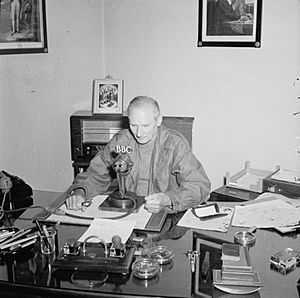
The second British Army of the Rhine was formed on 25 August 1945 from the British Liberation Army. Its original function was to control the corps districts which were running the military government of the British zone of Allied-occupied Germany. After the assumption of government by civilians, it became the command formation for the troops in Germany only, rather than being responsible for administration as well.
As the potential threat of Soviet invasion across the North German Plain into West Germany increased, BAOR became more responsible for the defence of West Germany than its occupation. It became the primary formation controlling the British contribution to NATO after the formation of the alliance in 1949. Its primary combat formation was British I Corps. From 1952 the commander-in-chief of the BAOR was also the commander of NATO's Northern Army Group (NORTHAG) in the event of a general war with the Soviet Union and its Warsaw Pact allies. The BAOR was formerly armed with tactical nuclear weapons. In 1967, the force was reduced in strength to 53,000 soldiers, compared with 80,000 ten years earlier.
Post 1994
With the end of the Cold War, the 1993 Options for Change defence cuts resulted in BAOR being reduced in size, and in 1994 it became British Forces Germany. This force, roughly 25,000 strong, was divided between Headquarters Allied Command Europe Rapid Reaction Corps, 1st Armoured Division, other combat support and combat service support forces, and administrative elements headed by United Kingdom Support Command (Germany). Garrisons which closed at this time included Soest (home of the 6th Armoured Brigade), Soltau (home of the 7th Armoured Brigade) and Minden (home of the 11th Armoured Brigade).
Following the 2010 Strategic Defence and Security Review, the permanent deployment of British Army units in Germany began to be phased out, with the last military base handed back to the German Bundeswehr in February 2020.
Commanders-in-chief
The commanders were:
- Field Marshal Viscount Montgomery 1945–1946
- Lieutenant General Sir Richard McCreery 1946–1948
- Lieutenant General Sir Brian Horrocks 1948
- Lieutenant General Sir Charles Keightley 1948–1951
- General Sir John Harding 1951–1952
- General Sir Richard Gale 1952–1957
- General Sir Dudley Ward 1957–1960
- General Sir James Cassels 1960–1963
- General Sir William Stirling 1963–1966
- General Sir John Hackett 1966–1968
- General Sir Desmond Fitzpatrick 1968–1970
- General Sir Peter Hunt 1970–1973
- General Sir Harry Tuzo 1973–1976
- General Sir Frank King 1976–1978
- General Sir William Scotter 1978–1980
- General Sir Michael Gow 1980–1983
- General Sir Nigel Bagnall 1983–1985
- General Sir Martin Farndale 1985–1987
- General Sir Brian Kenny 1987–1989
- General Sir Peter Inge 1989–1992
- General Sir Charles Guthrie 1992 – May 1994 (command disbanded)
Garrisons
- Bergen-Hohne Garrison
- Osnabrück Garrison
- Westfalen Garrison
See also
- British military history
- Canadian Forces Europe
- Mixed Service Organisation


